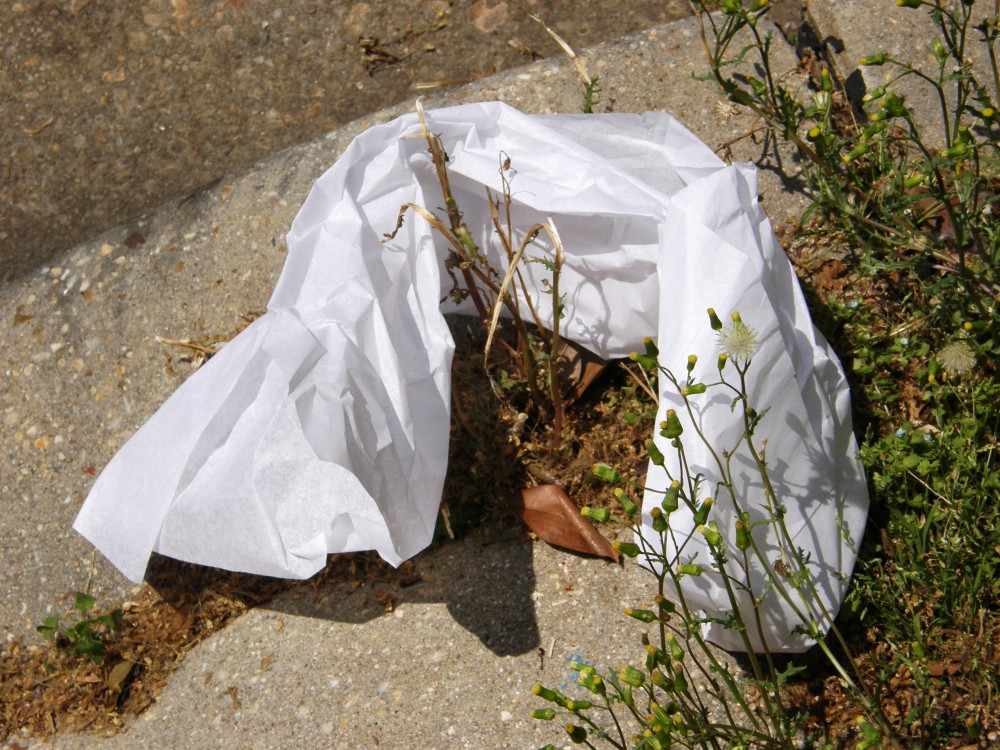
Some think it is just burying our trash in the dirt and it goes away from there.
I guess to some it goes away, out of site out of mind, but in reality the trash / waste are still there, maybe not the complete product or item, but many remnants of are left over. It is not just about putting trash in landfill and forgetting about it.
We should start thinking about the bio degradation process before the product or item is ever created. That’s when we should start worrying about the bio degradation and if the products or items will completely decomposed and go back to nature. Many things we create are not completely or even 25% biodegradable, but they are labeled as such. Many companies “Greenwash” (Green Wash Definition) their products to make is sound more eco-friendly which helps to increase their sales. Look at the whole picture of a product or item from conception to the end of its final use. For instance lets use a plastic bag as an example, it takes 1,000 years or more for biodegradation and it is still is not completely gone, it only breaks into minute particles with the help of the sun, but what was created 1,000 years previously is still showing a footprint in our future generations lifetime. To sum it up the product or item needs to break down quickly and safely by the laws of biology using organisms for decomposition and turn into materials of nature, which disappear back into our environment. Basically, if it comes from nature, it needs to return to a natural state to become part of nature once again.
Most hear the word biodegradable or read it on the label and assume the products are friendly to our environment. Bio degradation takes place when bacteria or other organisms recognize the item / product placed in our landfills as food. However, many things that are labeled biodegradable are not recognized as food by these organisms that are needed for decomposition. The product or item placed in the landfill for decomposition may contain one or more chemicals or components that it was created with which are not recognized as food to the organism. Let’s go back to the plastic bag example; one component it contains is polymer derived from polyethylene, which the organisms don’t recognize the polymer as food.
We need to think about every component or part of a product or item and ask ourselves these five questions?
- How long will it take to biodegrade?
- Are all of the components or chemicals biodegradable?
- What happens to the parts of the product or item that are not biodegradable?
- How do we return the non-biodegradable parts back with nature?
- What is the impact on our future generations?
It is understood that we manufacture products or items for resale and thus providing us with an income to maintain our lives, but at what cost will it be? We have only one earth, in which we live and there are laws of nature that must be taken into account.